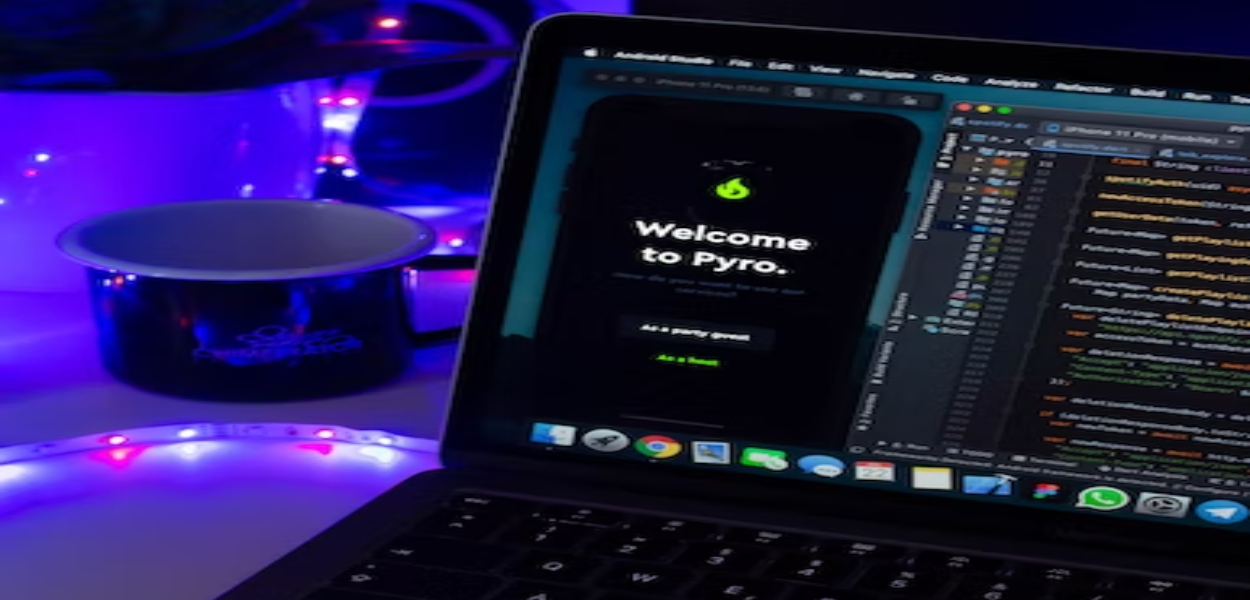Build an App Like Waze
How to Build an App Like Waze?
August 31, 2022 15:38 PM
Build an App Like Waze
August 31, 2022 15:38 PM

If a smartphone user has to travel somewhere, they most likely will use an app on their mobile to figure out the best route with the least amount of obstructions and the least traffic. In addition, the rapid expansion of GPS mapping and navigation apps has shown that consumers increasingly use smartphones when traveling or doing business.
Did you find that 77 percent of smartphone owners have navigation apps installed? This way, they can avoid being lost, explore new locations, review restaurants and other services, and easily share their knowledge with acquaintances. A recent study of the market for navigation apps revealed that GPS navigation apps would generate $34.56 billion in revenues in 2021. So an app for navigation can be very profitable.
In 2019, the Waze app reported the number of active users at 110 million per month. Waze's annual revenue is estimated to be $37.7 million. You'll figure out why we picked Waze as the example for this blog article.
Google purchased Waze at the end of 2013 and continued to work on it as an independent community-based GPS navigation application. Waze is unique in the marketplace due to its live-streaming and crowd-sourced social networking capabilities. For instance, drivers using Waze can inform others about dangers, accidents and obstacles, speed traps as well as police activities, and other problems. Users can also alter their route using the app, providing an ETA in real-time traffic conditions.
Users can also pick among a range of audio voices that can assist you in your driving, or arrange carpools so that you can provide rides or meet people to carpool with. Waze is free and has the option of riding a motorcycle. It has everything one could want!
If you're trying to develop an app for navigation apps like Waze, it is necessary to follow the typical mobile app development method. The following are the key steps:
Selecting an organization that develops software to develop your application is essential. This is the phase when you conduct research, study, and choose a company to collaborate with in developing your navigation application. Signing an Independent Contractor Agreement is an essential element of this process. Learn more about how to choose an appropriate company to develop your app.
Create a clear definition of the app you'd like to develop: what issue is it solving, who is your intended use, and why do you wish to create it? Next, define your app's mission, define your app's goals, and decide who your customers are. In this stage, it is also necessary to choose which features are most important to create the Minimum Viable Product (MVP), the platforms your app will run on, and what your monetization strategies will be. Find out further about the Product Discovery phase.
This is where you decide how your navigation application will perform and appear. It is necessary to design a User Journey Map and use UX insights to build clickable wireframes, visual user interfaces, and motion designs (animations and screen-based transitions). Find out more about the UX/UI application development procedure.
These are the final steps before the development team starts working on your application. This is where you can meet your team members, establish roles within the team, and decide on the key rules, next steps, and tools used. The aim is to create the environment for your project using the best methods, from managing projects to DevOps. This is how you can ensure that the development process goes efficiently and quickly. Find out more about the project's kick-off and setup.
At this point, developers can build their product, following top practices, such as Continuous Integration, which includes planning, programming, and building, then testing (and continuing). Be sure that your team is involved in Quality Assurance at every stage of development for navigation apps with automated and manual tests. A majority of teams use Scrum. Scrum framework and split the work into small repetitions followed by demos.
When you release an app, you must upload the items required by law, make promotional materials, conduct a beta test and optimize the store's page or presence, and all the other things that will ensure your app's approval goes as smoothly as it can. In addition, preparing for launch is crucial to ensure that your app's navigation is different from other navigation apps and is successful.
The team keeps an eye check on your navigation application as it detects any crashes and monitors your app's stats, and continues to work on improvement by adding new features or enhancing the ones that are already there. In this way, you can ensure that your GPS app continues to attract customers and adapts to ever-changing market conditions and user feedback.
Utilizing GPS navigation can benefit users as well as businesses. Finding the most important points on the map and creating a suitable route that considers the traffic conditions is the most effective solution to employ in developing mobile apps. The Waze app is the most effective illustration of how GPS can be utilized within an application. Utilizing this reference, you can provide users with something special and useful Contact our experts for PerfectionGeeks, an on-demand app development company, for more information.
Strategy
Design
Blockchain Solution
Development
Launching
Testing
Maintenance
Contact US!

Plot 378-379, Udyog Vihar Phase 4 Rd, near nokia building, Electronic City, Phase IV, Sector 19, Gurugram, Haryana 122015
Copyright © 2025 PerfectionGeeks Technologies | All Rights Reserved | Policy
Contact US!

Plot 378-379, Udyog Vihar Phase 4 Rd, near nokia building, Electronic City, Phase IV, Sector 19, Gurugram, Haryana 122015
Copyright © 2025 PerfectionGeeks Technologies | All Rights Reserved | Policy